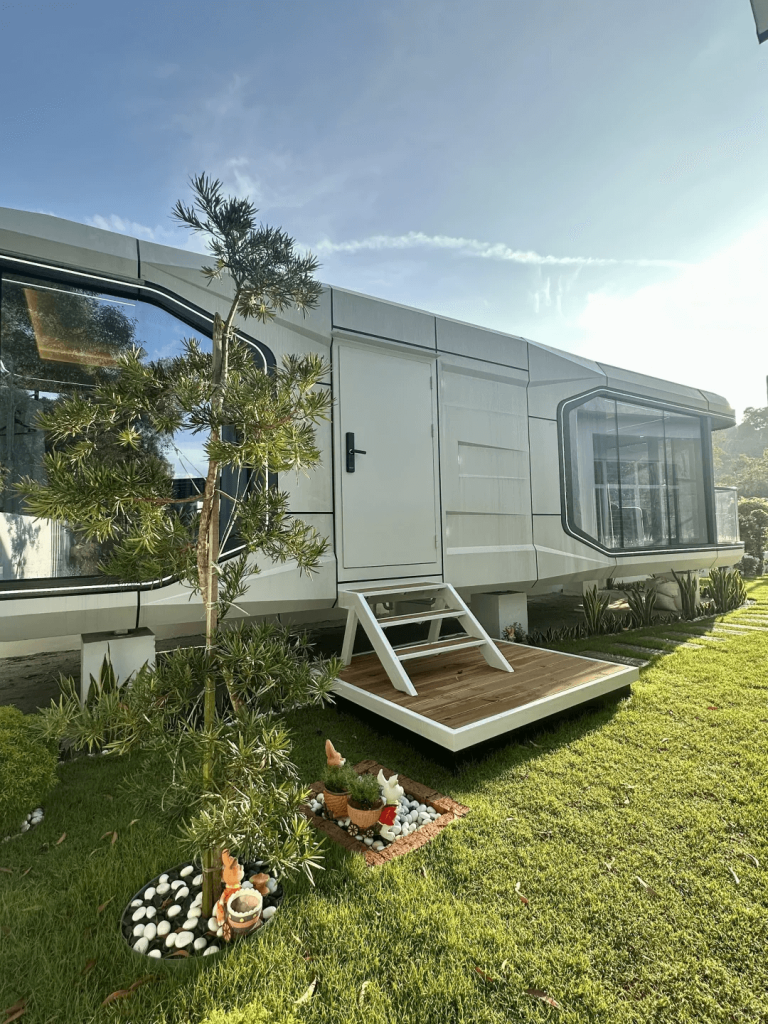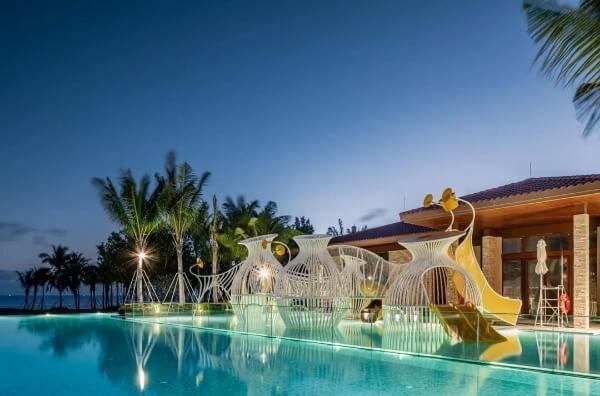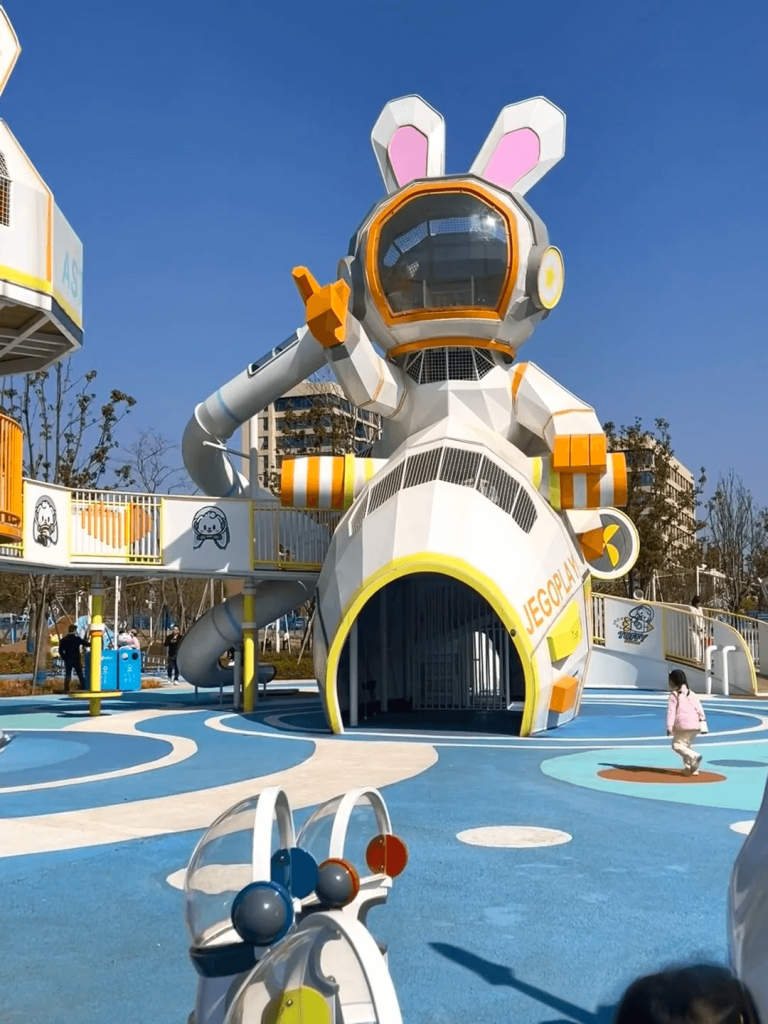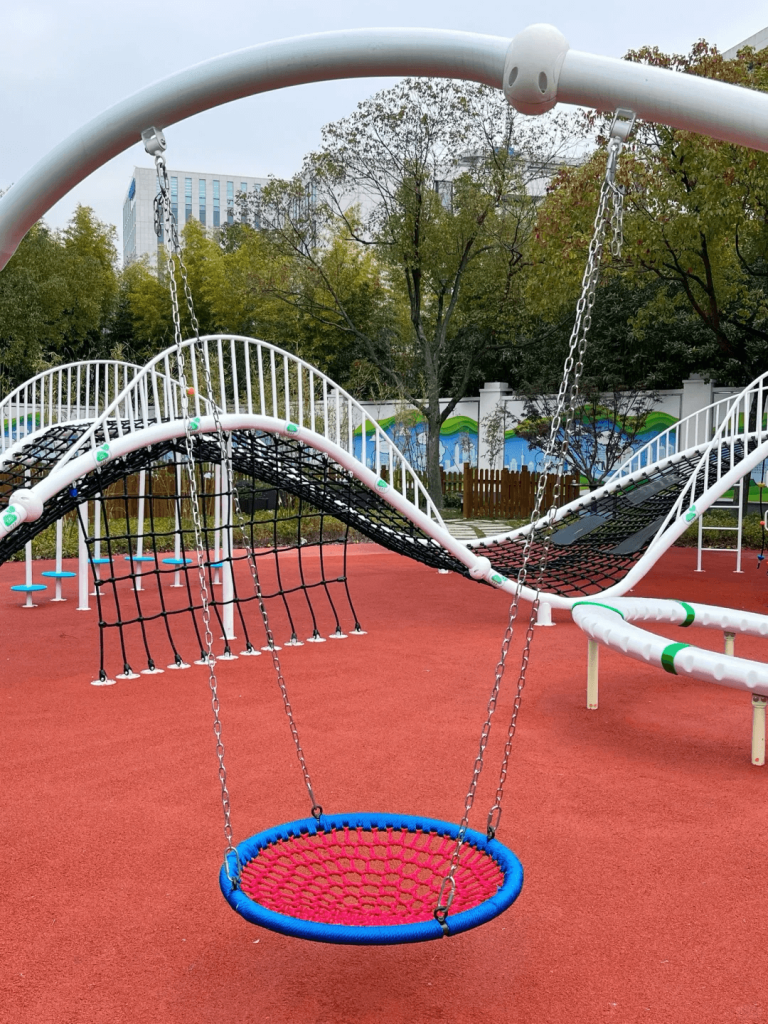Designing a captivating outdoor play area with non-powered equipment requires a focus on creativity, safety, and sustainability. This guide highlights the most popular unpowered play structures that inspire physical activity, social interaction, and imaginative exploration—all while aligning with modern design trends and community needs.
Commercial playground equipment suppliers,non-powered play structures, nature-inspired playgrounds, inclusive recreational design, sustainable play equipment, community-centric play zones, adaptive outdoor activities.outdoor play kids
1. Nature-Inspired Climbing and Exploration Zones
Natural elements dominate modern playgrounds, offering sensory-rich experiences. Key features include:
- Log and Rope Climbers: Structures mimicking tree trunks or rocky terrains, paired with knotted ropes or cargo nets, challenge balance and coordination.
- Sand and Water Play Stations: Hand-operated pumps, pulley systems, and digging pits encourage tactile learning and teamwork.
- Terrain Sculpting: Hills, tunnels, and balancing logs transform flat spaces into dynamic landscapes for hide-and-seek or obstacle courses.
2. Classic Favorites with Modern Twists
Timeless equipment remains popular but is evolving for inclusivity and engagement:
- Multi-Seat Swings and Seesaws: Tandem swings or inclusive bucket seats accommodate groups, fostering social play.
- Themed Slides: Spiral slides, wave-shaped ramps, or slides integrated into climbing structures add narrative flair, such as pirate ships or mountain expeditions.
- Interactive Mazes: Mirror walls, acoustic tubes, or puzzle panels promote cooperative problem-solving.
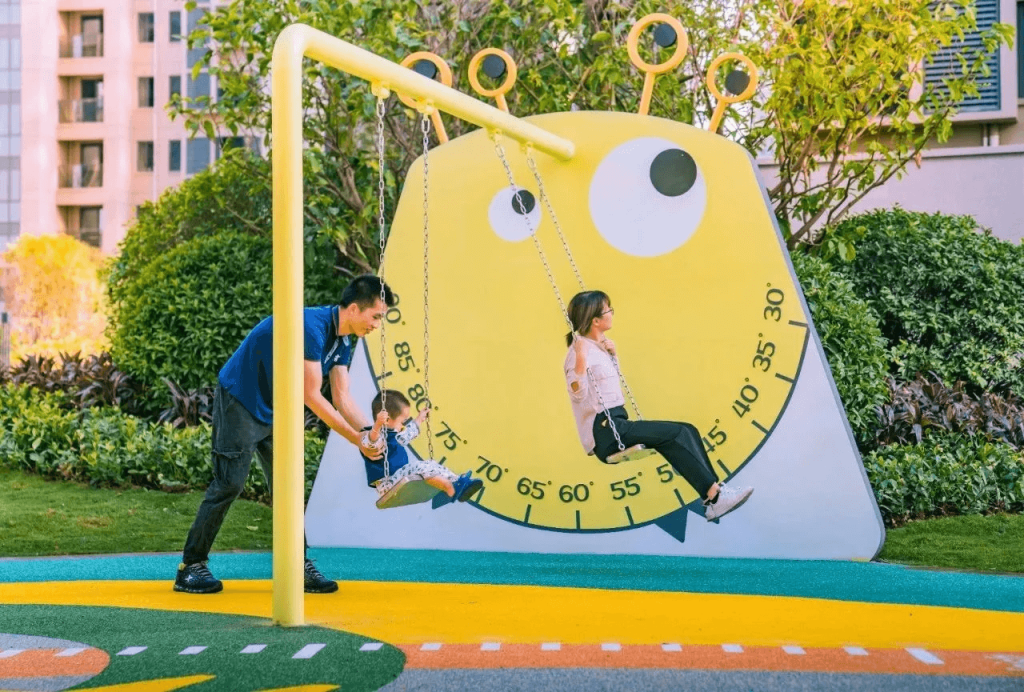
3. Inclusive and Adaptive Structures
Designs prioritizing accessibility ensure all children can participate:
- Wheelchair-Accessible Ramps: Raised platforms with gentle slopes connect to slides or sensory stations.
- Sensory Gardens: Textured pathways, aromatic plants, and wind chimes cater to neurodiverse needs.
- Quiet Zones: Secluded nooks with benches or shaded areas provide breaks from stimulation.
4. Culturally Resonant Play Sculptures
Integrating local heritage boosts community pride and engagement:
- Custom-Themed Climbers: Structures shaped like regional wildlife, historical icons, or folklore characters.
- Story Trails: Engraved trivia or puzzles on equipment teach local history during play.
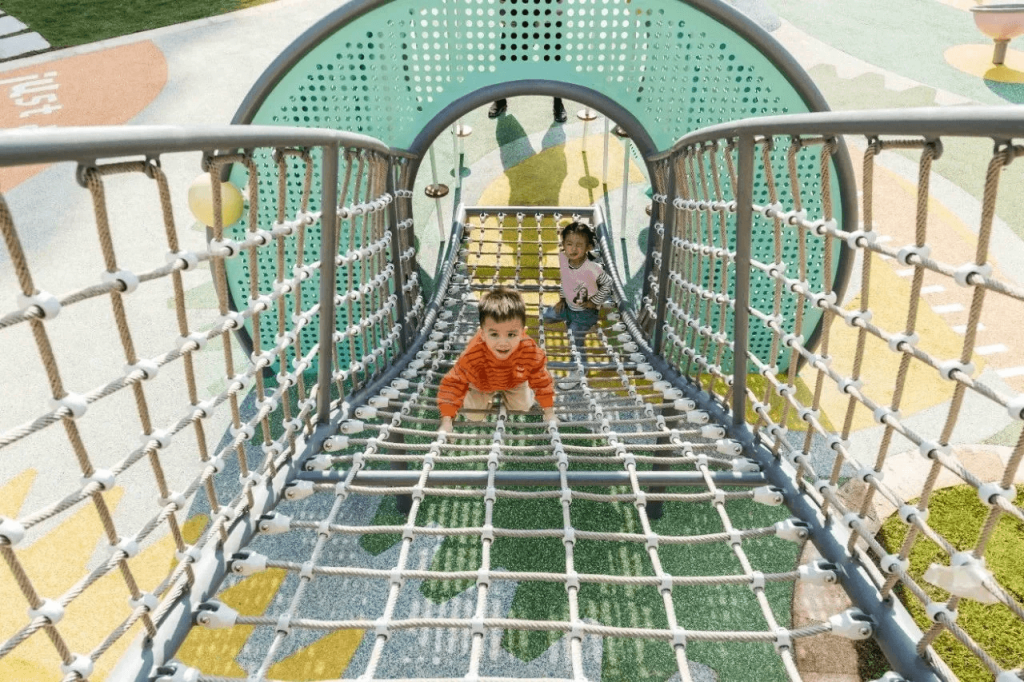
5. Sustainable and Low-Maintenance Solutions
Eco-conscious materials and designs reduce environmental impact:
- Recycled Materials: Reclaimed timber, rubber mulch from tires, and FSC-certified wood.
- Native Landscaping: Drought-resistant plants and rainwater collection systems support local ecosystems.
- Solar Lighting: Motion-sensor LED lights enhance safety without grid reliance.
6. Collaborative and Educational Features
Non-powered equipment excels at blending play with learning:
- Art Walls: Chalkboards or magnetic panels for collaborative murals.
- Math and Science Panels: Abacus walls or gear systems integrated into climbing frames.
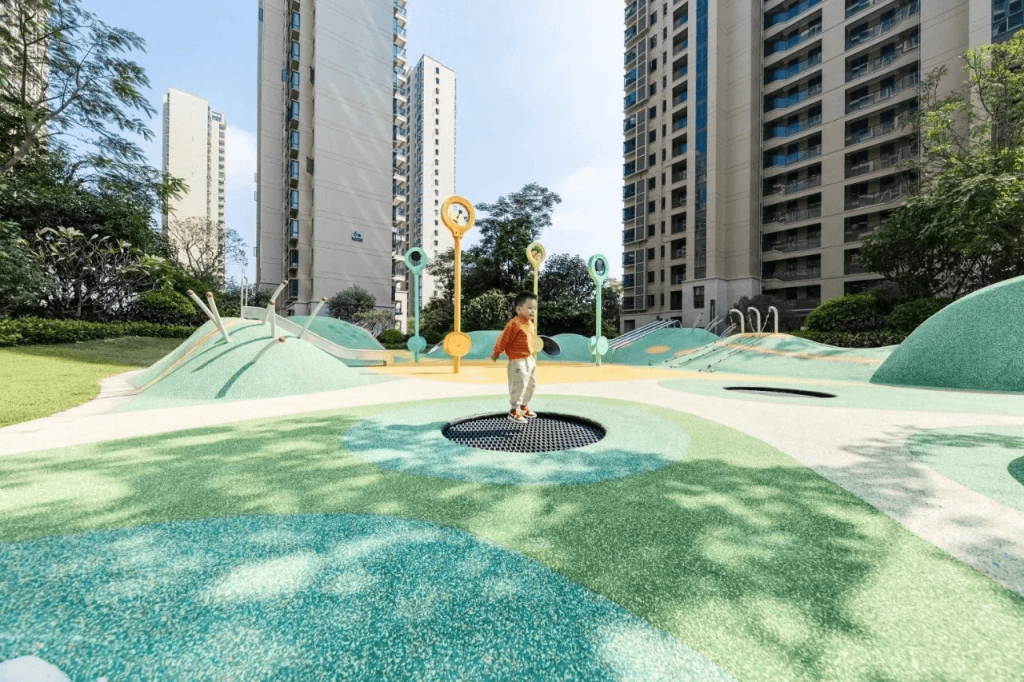
Conclusion: Building Play Spaces That Last
The most sought-after non-powered play equipment combines durability, inclusivity, and imaginative design. By prioritizing natural materials, cultural relevance, and eco-friendly practices, parks can rank highly for terms like “sustainable playgrounds” and “inclusive play zones” while fostering lifelong memories.
For expert guidance on designing award-winning non-motorized play areas, contact our team to transform your space into a hub of creativity and connection.
This original guide synthesizes insights from leading manufacturers and design trends to help you create play spaces that resonate with families and search engines alike. Let’s reimagine outdoor fun—powered by curiosity, not electricity.

